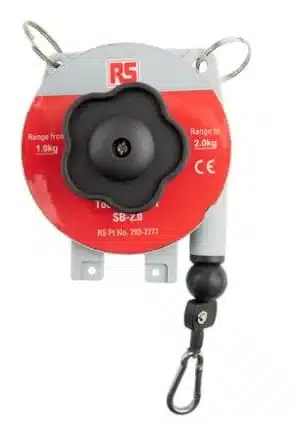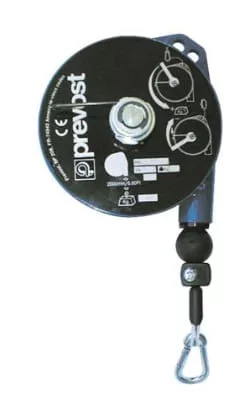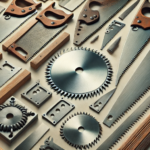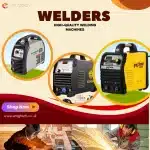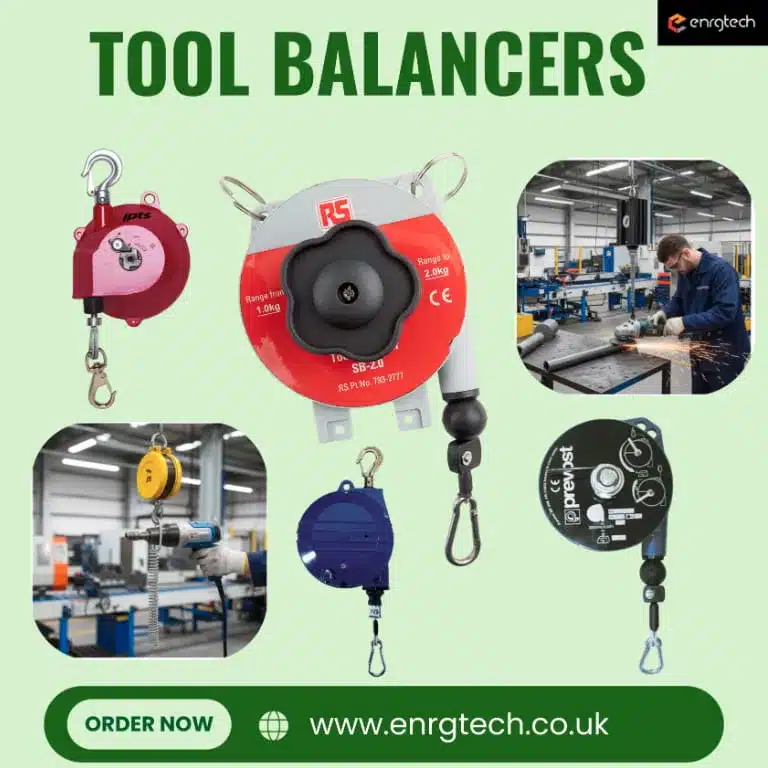
Introduction
Across industries, workers frequently spend hours handling heavy or bulky tools due to relentless pressure to increase productivity. Prolonged use of these heavy tools can lead to musculoskeletal strain, repetitive stress injuries, and, most immediately, significant operator fatigue. This fatigue isn’t just a comfort issue; it’s a direct threat to quality control, efficiency, and workplace safety. Fortunately, a simple yet profoundly effective piece of equipment—the tool balancer—offers a powerful solution. This tool transforms a taxing physical task into a smooth, near-weightless operation. This article explores why tool balancers matter and how you can leverage them to reduce operator fatigue and improve overall efficiency.
What is Operator Fatigue? Why It Matters?
Operator fatigue refers to the state of physical and mental exhaustion caused by various factors. It can be due to work schedules, sleep deprivation, repetitive tasks, physical workload and stress. Operator fatigue can significantly increase the risk of workplace errors, accidents, and injuries. It matters as it is a significant contributing factor in a large percentage of workplace incidents, particularly those involving heavy equipment and critical monitoring tasks. The resulting errors can trigger catastrophic consequences, including accidents, injuries, loss of life, significant property damage, and environmental disasters.
Understanding Tool Balancers: Definition & Core Purpose
A tool balancer, often called a spring balancer or load balancer, is a mechanical device primarily designed to suspend a hand-held tool or piece of equipment and neutralise its weight. These devices feel virtually weightless to the operator. The core purpose of tool balancers is to improve productivity, enhance safety and create a smoother workflow by keeping tools readily accessible. They are designed to prevent accidental drops and minimise operator fatigue during continuous industrial tasks. Load balancers use springs or air pressure to offset a tool’s weight, so workers don’t need to carry the full load, significantly reducing fatigue. Instead of repeatedly lifting tools, operators can guide them smoothly with minimal effort.
Most Standard Types of Tool Balancers Explained
Tool balancers come in several key types, each designed to improve handling, balance, and operator comfort. Their mechanism and operation typically categorise them and include:
- Spring Balancers
Spring tool balancers are standard models that use an internal spring mechanism to counterbalance a tool’s weight. They allow the tool’s weight to hang in a fixed position. Spring balancers reduce operator fatigue by supporting most of the load and enabling smoother, more controlled handling.
- Retractor Balancers
Retractor balancers automatically pull tools back to their original position after use. They provide quick retraction, prevent workspace clutter, and reduce the risk of dropped or misplaced tools.
- Zero-Gravity Balancers
Also called true balancers, zero-gravity balancers perfectly offset a tool’s weight. They enhance precision, minimise strain, and perfectly counterbalance the tool’s weight. True balancers are ideal for repetitive or high-accuracy tasks that require holding the tool in various positions for extended periods.
- Air Balancers
Air balancers, also called pneumatic balancers, use compressed air to lift, lower, and position loads with smooth, controlled motion. They offer precise load handling, high safety, and ergonomic support for heavier tools or components.
Considering the Load Capacity of Tool Balancers
When selecting a tool balancer, the most critical factor is ensuring the rated load capacity perfectly matches the tool’s weight and any attached accessories. A tool balancer’s capacity is typically specified as a range (e.g., 5-10 kg), and the tool’s weight must fall within this range to function correctly. If the tool is too light, the spring tension will be too strong, causing the tool to creep upward and require constant downward force from the operator.
Conversely, if the tool is too heavy, the spring won’t be able to retract the cable, placing undue strain on the operator. Proper consideration of the load capacity ensures that the tool remains suspended at a neutral “zero gravity” point. This significantly reduces operator fatigue, improves precision, and extends the life of both the tool and the balancer.
How Tool Balancers Work to Reduce Operator Fatigue? Exploring the Significance
The advantages of integrating tool balancers into your workflow extend far beyond just making tools lighter. Here’s how tool balancers deliver value—especially in the context of reducing operator fatigue:
- Drastic Reduction in Operator Fatigue
This is the most direct and significant benefit. By eliminating the need to actively support the tool’s weight, the physical strain on the operator’s arms, shoulders, back, and wrists is dramatically reduced. Operators remain fresher for longer, maintaining focus and precision throughout their shift.
- Enhanced Safety and Injury Prevention
Less fatigue directly translates to fewer accidents and injuries. MSDs are a leading cause of workplace injuries, and tool balancers are a robust preventative measure. By reducing repetitive strain, companies can significantly lower their injury rates, workers’ compensation claims, and associated costs.
- Improved Productivity and Quality
When operators aren’t battling fatigue, they can work more consistently and accurately. This leads to higher output, fewer errors, and ultimately, a better quality product. The ability to easily position a tool also contributes to faster task completion.
- Extended Tool Lifespan
When operators are tired, tools can accidentally drop. Tool balancers often protect tools from accidental drops or harsh handling. This gentle suspension can extend the life of expensive tools, reducing replacement costs and downtime.
- Better Ergonomics and Workplace Morale
A workplace that prioritises operator well-being is a better place to work. Ergonomic improvements, such as spring balancers, demonstrate a commitment to safety and comfort, which in turn lead to higher job satisfaction and morale. Happy operators are more engaged and productive.
Final Thoughts
Minimising operator fatigue is key to maintaining consistent output and quality, and tool balancers are an effective solution. These tools minimise strain, support healthier work environments, and help companies achieve higher efficiency—all while protecting workers from long-term injuries. When selected, installed, and used correctly, they transform the operator experience—making the tool feel virtually weightless and elevating operational excellence.






